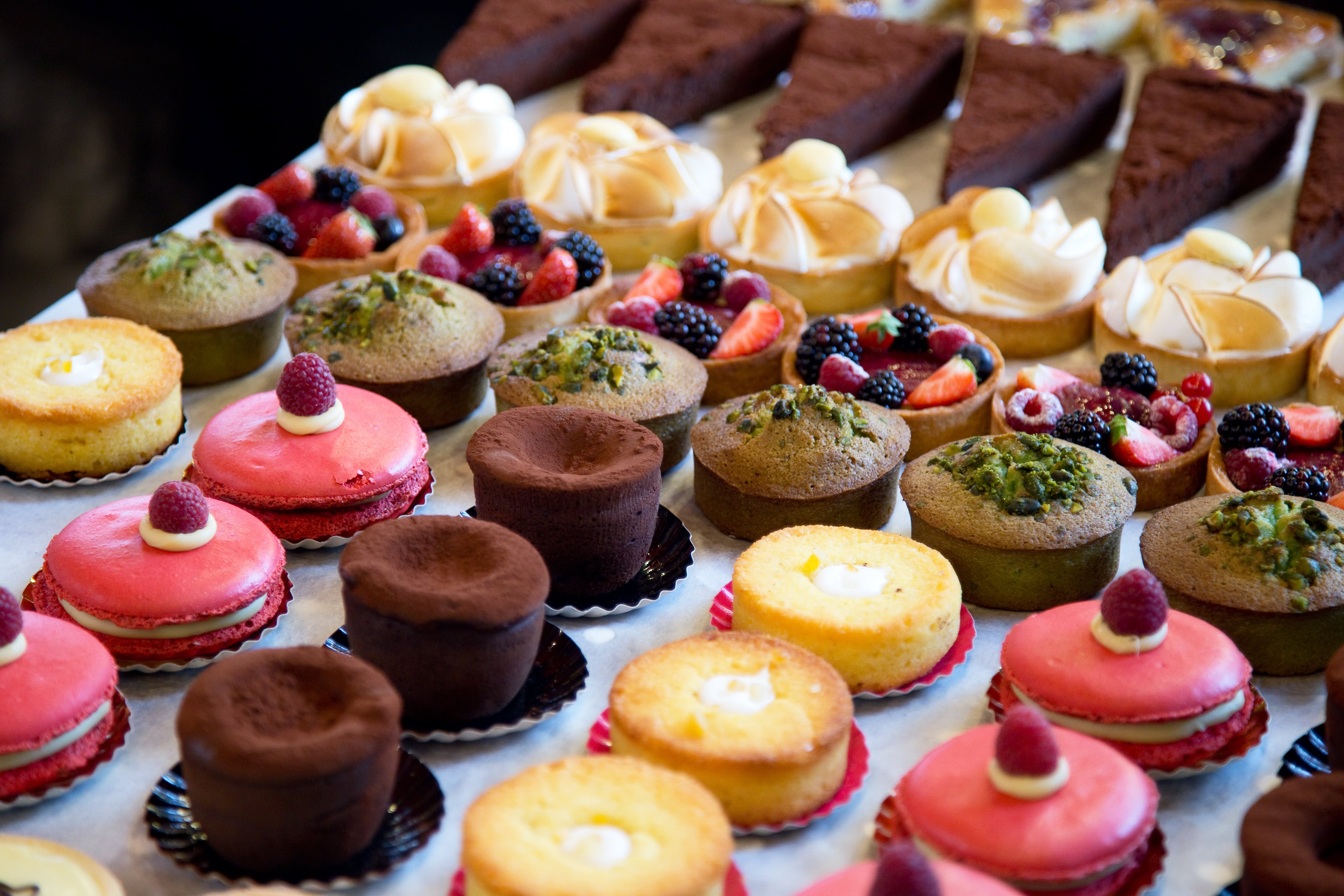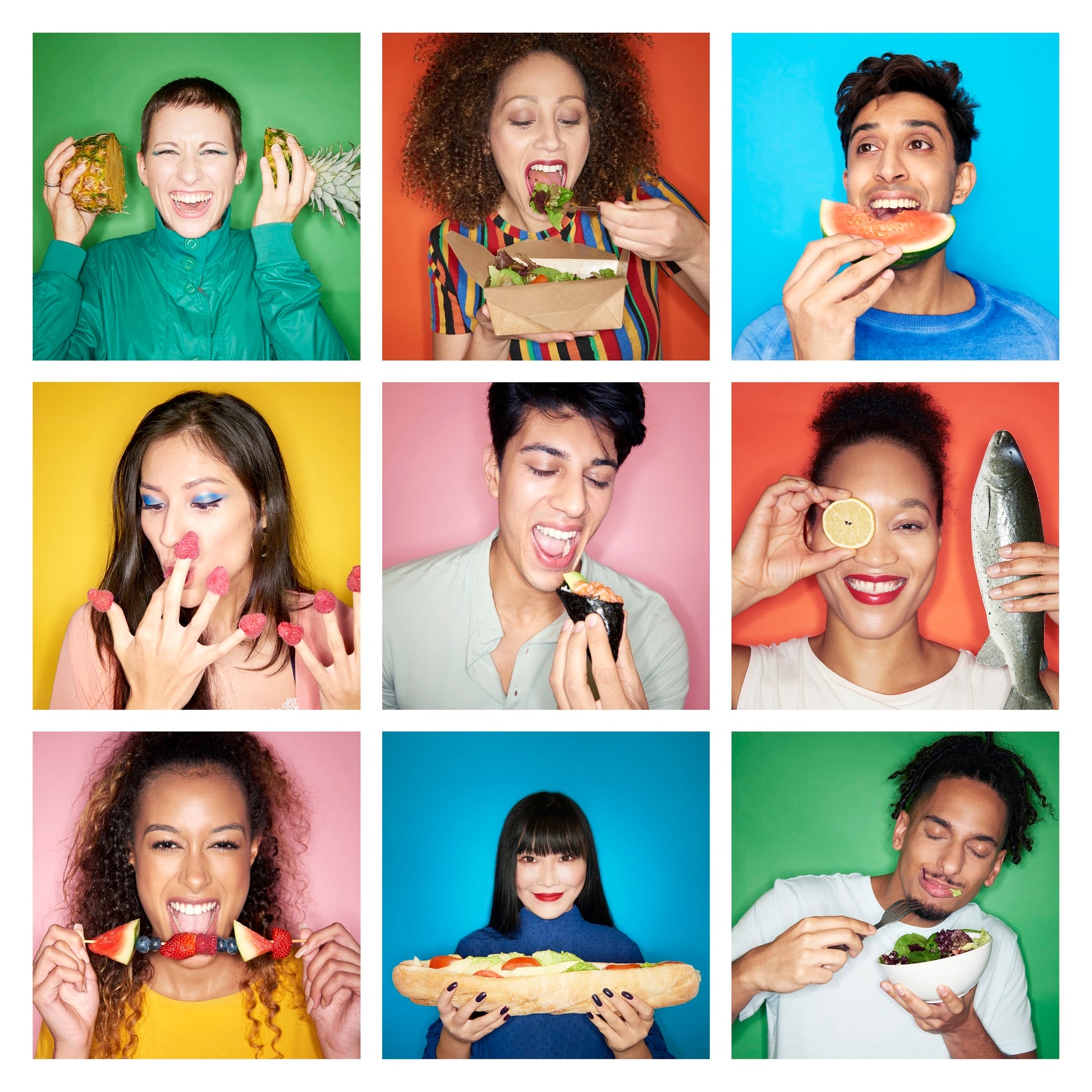It’s official, ‘premiumisation’ is the word of the moment. Brands across the manufacturing sector are stepping up the quality of their products in efforts to appeal to a more discerning audience.
And this is no more prevalent than in food and beverage.
Premiumisation in food and beverage
Premiumisation has become big business in food and beverage, with major food and beverage manufacturers prioritising it in their business plans.
Just last month, Unilever’s new CEO Fernando Fernandez, announced Unilever’s key focus is on premiumisation, with plans to make 50% of the business premium.
In Europe especially, he predicts great potential for unlocking volume growth and positive mix in premium.
“The direction of travel is clear,” he said. “I like premium.”
Meanwhile food and beverage giant Nestlé has had its eye on premiumisation for some time, with former CEO Mark Schneider announcing in February 2024 that premiumisation is central to organic growth.
“We have increased the share from 11% in 2013 to now 23% - a three times increase over the decade,” he said.
And it’s not only multinationals profiting from the trend’s success. Smaller brands are turning their attentions to premiumisation too.
Hailing from Newtown in Wales, Hilltop Honey started out creating quality honey, but have since extended their range to include more premium options, including Honey Comb in Acacia Honey, Chai Honey, and Sweet & Salty Honey.
“We’re dedicated to celebrating honey, the artistry of beekeeping and the provenance of our products,” says Scott Davies, founder of Hilltop Honey. “I’m excited to say we’re here to take the honey category up a notch, offering expertise and a passion for quality that sets us apart.”
What is premiumisation?
Premiumisation is a growth strategy where certain products are 'premiumised' in order to raise prices. This can be achieved in a number of ways, including the use of higher quality ingredients, the addition of functional ingredients and changing the packaging design.
Success of premiumisation in food and beverage
Premiumisation has proven particularly successful in food and beverage as it falls within the affordable luxury category.
“While premiumisation trends are manifesting across industries, there are innovations in food and beverage, fashion, and travel, setting lower barriers of entry to premium experiences,” says Anna Nelson, consultant for innovation at Euromonitor International.
The new Spending Trends Report from Attest revealed consumers are indulging in little treats rather than investing in bigger purchases. Premium food and beverage products such as luxury chocolate bars and decadent cakes fall within this sphere.
“The tension between desire to spend, along with financial concern, is breeding new opportunities in premiumisation across industries, which is reflected in the anticipated growth in premiumisation as a trend between 2022-2032 across global regions,” says Euromonitor International’s Nelson.
Another reason for the continued growth of premiumisation is its appeal to younger generations who increasingly expect more for their money.
“For many of today’s younger consumers, the preference for premium comes from wanting more from brands,” says Professor Sonja Prokopec of the ESSEC Business School. “Millennials and Gen Z have grown up in the era of digital advertising where they are bombarded by thousands of brands vying for their attention and money. With far more consumer choice than the generations before them, younger consumers have high expectations of brands and vote with their wallets.”
But its not just about wanting more. Figures from Mintel show that more than half of all consumers agree it’s worth paying more for products of higher quality.

Where is premiumisation happening
Premiumisation is happening across a wide range of food and beverage categories, including confectionery, cakes and pastries, ready meals, meats and cheeses, and snacks such as crisps and nuts.
“There’s certainly been an array of products with added value elements to entice people to choose based on something other than price,” says Kiti Soininen, category director of UK food and drink research at Mintel.
Functional foods and beverages are also proving hugely popular in the premiumisation space, with adaptogens, probiotics and proteins high on consumer wish lists.
The future of premiumisation
The growth of premiumisation is creating new opportunities for food and beverage manufacturers across the industry, particularly in the in-home eating category.
“The opportunity is there for premium products,” says Mintel’s Soininen. “For example in the UK, 57% of breakfast eaters like to recreate breakfasts at home that they’ve eaten out of home, and 53% think weekend breakfasts should be more of a treat than weekday ones.”
For evening meals, Mintel found that 70% of home cooks say having an evening meal at home can be just as much fun as going out for a meal, so while consumer spending attitudes remain cautious, the opportunity for products that make an evening meal feel like a good replacement for a meal out remains strong.
Even the humble cup of tea is entering premiumisation, with Mintel seeing growth in the ‘elevate the at-home tea’ trend.
There are also growth opportunities for food and beverage gifting. Because, as Mintel’s Soininen explains, while spending remains cautious, food and drink products continue to benefit from their image as a good choice for affordable gifts, with 84% of consumers choosing them as presents.
Moreover, 73% of gift buyers say they buy more premium food and drink products when gifting than when buying for themselves.






